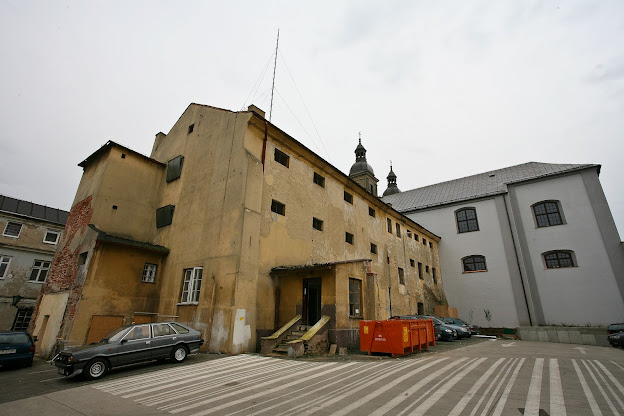When I was just a baby, My Mama told me, "Son, Always be a good boy, Don't ever play with guns," But I shot a man in Reno, Just to watch him die... J. Cash One last building remains, rest has been knocked down to build the supermarket Biedronka. Still worth a visit though, especially as there are few other interesting objects in the city. history: One of the most notorious prisons in Poland, the first one with increased security, partially converted from the former monastery buildings. In times of deep socialism it had it's own 'death cell' where death penalties has been executed. There's lots of sealed corridors in it's basement, probably used to join the remaining monastery buildings in the city.

